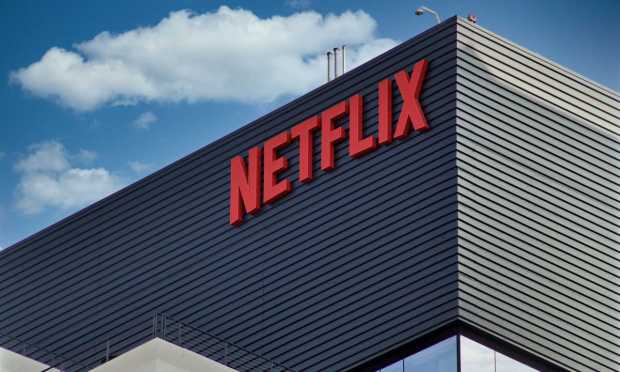Netflix Q4 Results Show Strong Monetization For Global Content Machine

After a year of re-invention and change, Netflix is now also changing its leadership.
This, as the streaming TV titan handed in a Q4 2022 performance that beat expectations.
Only a year ago, the streaming media sector was shaken by news that Netflix had lost 200,000 subscribers in Q1 2022, triggering widespread speculation that the industry pioneer’s long run of growth was over.
Fast-forward three quarters and the Los Gatos, California-based service has found its mojo once again, adding 7.66 million paid subscribers in Q4 2022, nearly twice as many as Wall Street analysts were expecting.
Founding CEO Reed Hastings, who started the company in 1997, announced he’s stepping out of that role and into the executive chairman spot, creating a co-CEO arrangement between current co-CEO Ted Sarandos, and chief operating officer Greg Peters.
In a shareholder letter, Netflix said paid membership now stands at 231 million subscribers. The platform generated $32 billion in topline of revenue, $5.6 billion in operating income, $2 billion of net cash from operating activities, and $1.6 billion of free cash flow in Q4.
During its video earnings call broadcast on YouTube, Hastings handed it off to Sarandos and Peters, who took turns pointing to Netflix’s programming victories in 2023 from Stranger Things season four, All Quiet on the Western Front, and its record BAFTA nominations for a non-English-speaking film, to the Enola Holmes and Wednesday franchises in a show of content production at scale that are having network effects, from popularizing decades-old music like Kate Bush’s Running Up That Hill to the updated goth makeup sales driven by Wednesday.
“As big as we’ve become and with all these things that are happening, in the U.S. we’re about 8% of TV time still,” Sarandos noted. “So, it’s an enormous amount of growth ahead, even in markets where we are very well established.”
See also: Netflix Bumps Disney+ From Top Spot in Streaming Apps Rankings
Turning to moves Netflix made last year, Peters said of its ad-supported tier, “We see that engagement from ads plans users is comparable to users on our non-ads plans. That’s really a promising indication that means we’re delivering a solid experience and it’s better than we modeled. That’s a great sort of fundamental starting point for us to work with.”
“We aren’t seeing as expected as much switching from…premium into our ads plan. So, the unit economics remain very good,” he added.
It was noted that for competitor Hulu, which has had an ad-supported tier since 2008, “roughly half of their membership is on the ads tier. It’s a multibillion-dollar business for them already. That’s a domestic business, U.S. only, so lower reach lower engagement than us.”
Read more: Netflix 5.0 to Measure Revenue, Not Subscribers
While saying it will be years before Netflix is a real competitor to Google and Meta in digital ads, Sarandos sees the service as “nonsubstitutable” in terms of its broader entertainment offering, which they believe is the core of Netflix’s competitive moat.
Netflix’s leaders also discussed password sharing.
“Part of it’s just when we call casual sharing, which is people who could pay but they don’t need to so they’re borrowing somebody’s account” Peters said. “Our job is to give them a little bit of a nudge and to create features that make transitioning to their own account easy and simple.”
That push will gather momentum in Q1 2023.
“This will not be a universally popular move,” Peters noted. “There will be current members that are unhappy with this move. We’ll see a bit of a cancel reaction to that. We think of this as similar to what we see when we raise prices, so we get some increased churn associated with that for a period of time.”
The streaming giant foreshadowed possible ad-free subscription price increases later this year.
“It’s the must-see-ness of the content that will make the paid sharing initiative work, that will make the advertising launch work, that will make continuing to grow revenue work,” Sarandos said.
Related news: Netflix Reverses 6 Months of Subscriber Loss
Nascent initiatives like Nike workouts and Netflix gaming got passing mentions, as did sports
“On sports, our position has been the same, which is, you know, we really, we’re not anti-sports, we’re pro profits, and we’ve not been able to figure out how to deliver profits in renting big league sports in our subscription model,” Sarandos said. “Not to say that that won’t change.”
